USS Squalus SS-192 Disaster
We are a Public Domain sharing community,with a focus on American life pre-1970's..
These videos are for Historic and Cultural preservation. See something interesting?
We encourage viewers to add comments and, especially, to provide additional
information about our videos by adding a comment!
USS Sailfish (SS-192), was a US Sargo-class submarine, originally named Squalus. As the Squalus, the submarine sank off the coast of New Hampshire during test dives on 23 May 1939. The sinking drowned 26 crew members, but an ensuing rescue operation, using the McCann Rescue Chamber for the first time, saved the lives of the remaining 33 aboard. The submarine was salvaged in late 1939 and decommissioned.
The submarine was recommissioned as the Sailfish in May 1940, and conducted numerous patrols in the Pacific War during World War II, earning nine battle stars. She was decommissioned in October 1945 and later scrapped; the conning tower remains on display at Portsmouth Naval Shipyard in Kittery, Maine.
Sinking of Squalus and recommissioning
On 12 May 1939, following a yard overhaul, Squalus began a series of test dives off Portsmouth, New Hampshire. After successfully completing 18 dives, she went down again off the Isles of Shoals on the morning of 23 May at 42°53′N 70°37′W. Failure of the main induction valve (the means of letting in fresh air when on the surface)[6][7] caused the flooding of the aft torpedo room, both engine rooms, and the crew's quarters, drowning 26 men immediately.[8] Quick action by the crew prevented the other compartments from flooding. Squalus bottomed in 243 ft (74 m) of water.
Squalus was initially located by her sister ship, Sculpin. The two submarines were able to communicate using a telephone marker buoy until the cable parted. Divers from the submarine rescue ship Falcon began rescue operations under the direction of the salvage and rescue expert Lieutenant Commander Charles B. "Swede" Momsen, using the new McCann Rescue Chamber. The Senior Medical Officer for the operations was Dr. Charles Wesley Shilling. Overseen by researcher Albert R. Behnke, the divers used recently developed heliox diving schedules and successfully avoided the cognitive impairment symptoms associated with such deep dives, thereby confirming Behnke's theory of nitrogen narcosis. The divers were able to rescue all 33 survivors on board (32 crew members and a civilian) the sunken submarine. Four enlisted divers, Chief Machinist's Mate William Badders, Chief Boatswain's Mate Orson L. Crandall, Chief Metalsmith James H. McDonald and Chief Torpedoman John Mihalowski, were awarded the Medal of Honor for their work during the rescue and subsequent salvage. The successful rescue of the Squalus survivors is in marked contrast to the loss of Thetis in Liverpool Bay just a week later.
The navy authorities felt it important to raise her as she incorporated a succession of new design features. With a thorough investigation of why she sank, more confidence could be placed in the new construction, or alteration of existing designs could be undertaken when cheapest and most efficient to do so. Furthermore, given similar previous accidents in Sturgeon and Snapper (indeed, in S-5, as far back as 1920), it was necessary to determine a cause.
American Media Ephemera
Truth Social
@AmericanMediaEphemera
#ephemera #educational #culture #knowledge #news
#lifestyle #christianfamily #nuclearfamily #truth
#socialguidance #Religion #conservative #rights
#Republican #DIY #elections #makesocialmediafunagain
-
 9:13
9:13
AmericanMediaEphemera
1 year agoUSS Akron (ZRS-4)
254 -
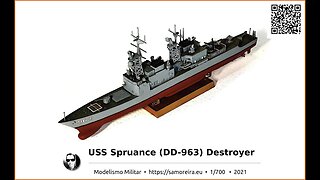 2:36
2:36
Military Modeling
1 year agoUSS Spruance DD 963 - Destroyer
465 -
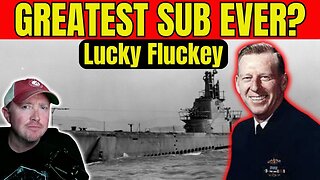 8:39
8:39
Veteran Biker
6 months agoUSS Barb the SUBMARINE that Sank a TRAIN
5985 -
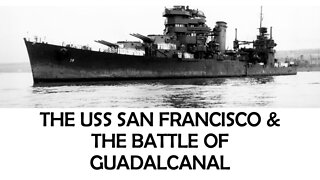 6:36
6:36
KJBIBLE1611
1 year agoThe USS San Francisco & the Battle of Guadalcanal; USS San Francisco Memorial, Land’s End, SF, GGNRA
3.41K -
 42:04
42:04
The Memory Hole
11 months agoThe World's First Nuclear Disaster: Operation Crossroads (1946)
2.21K -
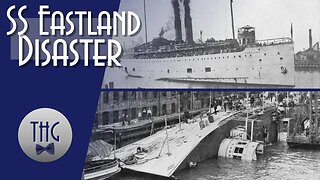 17:49
17:49
The History Guy: History Deserves to be Remembered
1 year agoThe SS Eastland Disaster
5.34K8 -
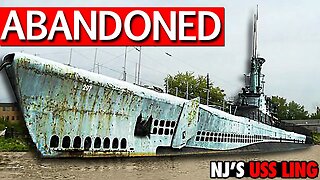 17:54
17:54
It's History
11 months ago $0.02 earnedNew Jersey’s Abandoned Submarine | The USS Ling
613 -
 13:12
13:12
PascalAndDianaNajadiKennedyKahlooniQ
3 months agoDefence War Operation STORM🇺🇸: The Musical to our multiple Beyond Biblical Retribution - Deleting NAZI Switzerland 🇨🇭- Surfaced #STORM - 50 USC 1550 WWG1WGA #SemperSupra 🤝🇺🇸
148K165 -
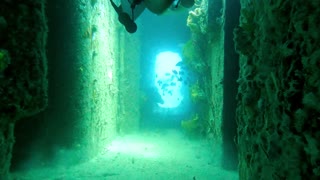 32:54
32:54
DiscountComputersInc
2 years agoUSS Spiegel Grove Dive 1 - July 8, 2021
97 -
 2:28
2:28
PascalAndDianaNajadiKennedyKahlooniQ
3 months agoThe Swiss 🇨🇭 Covid Crimes & Treason against the United States🇺🇸 during ongoing global wartime 50USC1550 - #STORM Springtime ‘24 - Retribution⚡️
243K53